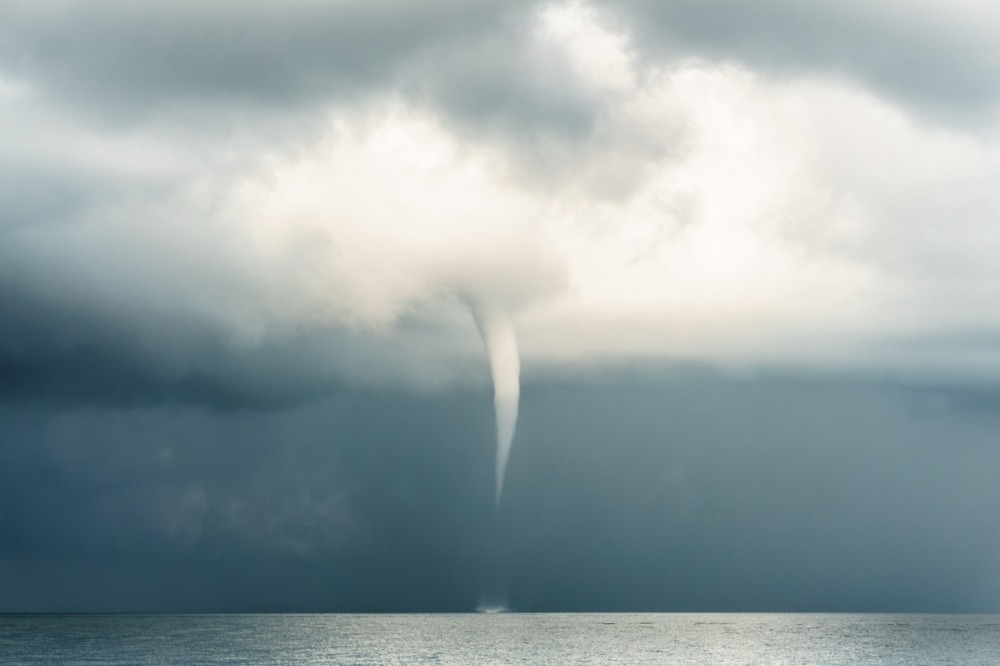Insurers brace for impact as sea-surface temperatures soar

Insurers brace for impact as sea-surface temperatures soar | Insurance Business Australia
Reinsurance
Insurers brace for impact as sea-surface temperatures soar
Analyst compares data with last year’s
Reinsurance
By
Jonalyn Cueto
Insurers and reinsurers, such as Swiss Re and Munich Re, could find themselves in hot water due to record sea-surface temperatures, according to a report from Bloomberg Intelligence (BI).
These rising temperatures, coupled with a weakening El Niño, pose a significant threat of increased catastrophe claims, potentially outstripping recent price adjustments.
“El Niño didn’t drive above-average cyclone activity in the West Pacific in 2023, contrary to expectations. The region endured 17 named storms (including Dora which crossed the East Pacific dateline). The only year to have had fewer named storms since 1951 was 2010, with 15,” said Charles Graham, senior industry analyst at BI.
“Twelve of the storms became typhoons, including eight major typhoons. Mawar (the first category 5 typhoon of the season) passed close to Guam. Doksuri (the most destructive West Pacific storm in 2023) came close to the Philippines as a category 4 cyclone, before causing heavy rain and flooding in Taiwan and eastern China. Hong Kong still experienced record rainfall and flooding in September and October 2023 in the aftermath of super typhoon Saola, tropical cyclone Haikui and severe typhoon Koinu.”
According to BI, global sea-surface temperatures from April to December reached historic highs since records began in 1850, with the North Atlantic particularly affected by a severe marine heatwave mid-year. The heatwave extended through the Mediterranean basin in July, intensifying over the summer months. The tropical Pacific also experienced elevated temperatures, correlating with the strengthening of El Niño.
These record sea-surface temperatures resulted in above average levels of storm formation in the Atlantic, Eastern North Pacific, and Indian Ocean, leading to hail and flooding in many regions. Meanwhile, the impact on the United States was mitigated by wind shear. Despite the elevated number of named storms—20 in total, the fourth highest since 1950—only Hurricane Idalia made landfall in the US, striking as a category 3 hurricane near Keaton Beach, Florida.
Have any thoughts about this story? Leave a comment below.
Keep up with the latest news and events
Join our mailing list, it’s free!






